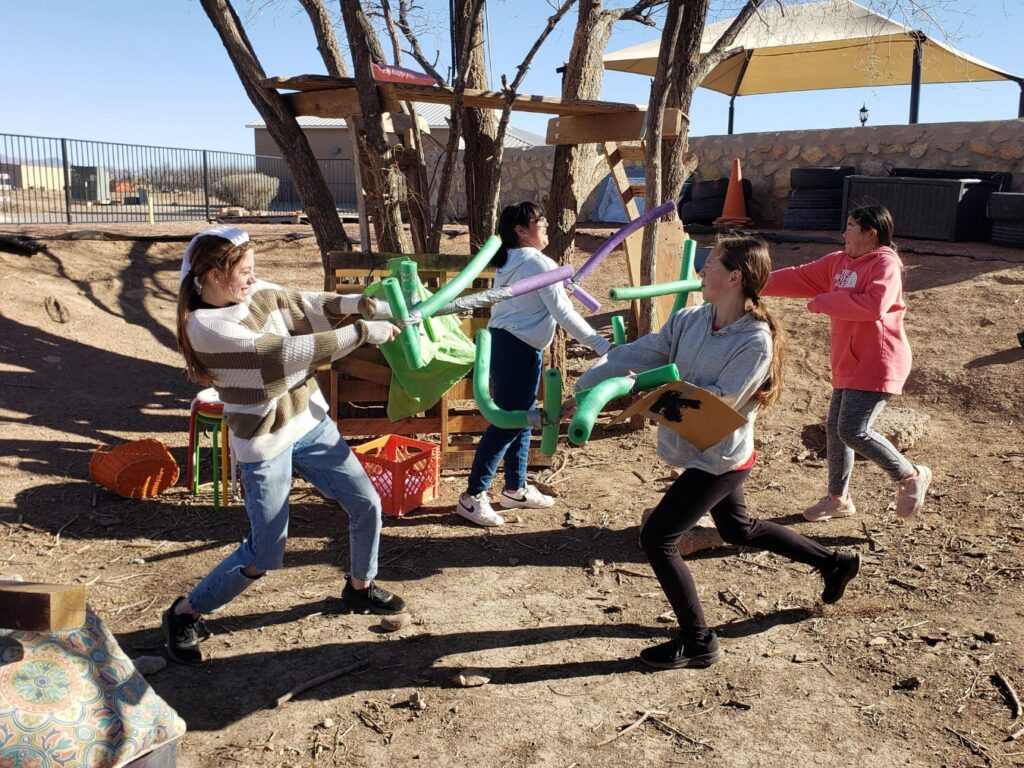Many parents want to keep their children safe from the darker sides of life. Understandably, the true joy of being a child is the imaginative innocence that permeates their younger years. As your child gets older, it’s a disservice to avoid emotional matters altogether. Eventually, they will be adults who have to navigate life, relationships, jobs, and stress on their own. Guide your child through the journey of handling and understanding their emotions at a young age. Here are 5 tips for supporting emotional intelligence in your children.
1. Allow Children to Feel Their Emotions
Children need to recognize that emotions are temporary, and they are not something to run away from. Everyone has days where they are sad, upset, unfulfilled, or just feeling off for no reason. It’s important that your child witnesses how you handle emotions and live your life. No one will feel happy every day of their lives.
Allow your child to feel their feelings, and ask them questions. How do you feel today? Why do you feel this way? Are you tired, or actually upset about something? What would help you feel better right now? Despite how you feel, what are you grateful for today?
Accept your child’s response with open arms, and share your parental wisdom in these moments. Instead of shutting your child down for being upset, defensive, or reactive; get to the root of what’s creating these emotional outbursts. They will build awareness about themselves and their emotions.
2. Show Children Empathy and Build Emotional Connections
It’s easy as a parent to fall into the parent-child dynamic, and forget to acknowledge that your child is experiencing many things for the first time. Be aware of what upsets your child or their unique cues that show they are feeling down. Start conversations with kids and remind them that this is normal.
Parents also have days when they don’t feel the best. Explain what helps you feel better, and how you personally handle uncomfortable emotions. Build a strong emotional space with your kids that’s genuine and judgment-free. This helps kids form trust and feel safe to come to you with these hard-to-explain feelings.
3. Put Feelings into Words
Young kids psychologically go through the same emotional ups and downs as adults, they are just induced by different triggers. Many young kids will throw tantrums because they don’t know they are tired, hungry, or just frustrated. Teenagers are going through hormonal fluctuations that sometimes make them feel angry or depressed when in reality they are just uncomfortable and confused.
Talk to kids about the spectrum of emotions and how to break down their experiences. Many kids just react and don’t know how/why they are feeling the way they are. Kids can also develop this emotional growth by observing how you explain certain emotions.
If you are feeling stressed about x, or frustrated about y, talk about this with your kids. They will realize that you’re not just ‘angry,’ you are experiencing other layers of emotions. This is a step in the right direction for building up their emotional vocabulary.
4. Create a Cool-Down Routine
Everyone is allowed to have emotions, but it doesn’t mean the reaction is always warranted. If your child is prone to dramatic outbursts, create a cool-down routine for them. This can take some time before they begin understanding how to manage their own feelings effectively. Maybe they need to take deep breaths, write about their feelings, or step away from the situation.
Be a good role model in these moments by resisting the urge to bicker back and forth. Instead say something like, “Let’s talk about this after we both have calmed down and can think clearly. I want to understand where you are coming from, and why you are feeling this way. First, we both need a moment to cool down.” Sometimes fostering emotional growth in kids isn’t just about telling them what to do, it’s about showing them.
The Takeaway: Create a Safe Space for Emotional Communication With Children
Every parent wants a close relationship with their child. You want them to be vulnerable with you, and trust you with their feelings. Create a safe space where you can communicate with your child about emotions and how to handle them.
Break down the situation so kids can identify why they are experiencing an emotion, where it came from, and how they move forward from it. Emotions are what make all of us human. Set a good example and don’t be afraid to start the conversation with kids early. People of all ages can benefit from valuable emotional intelligence tools and guidance.




